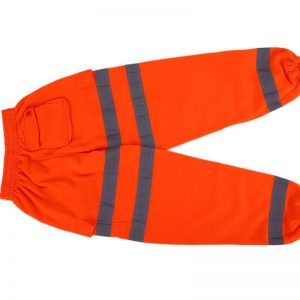On the roadside, we often see sanitation workers. Because of their maintenance, our city has become clean. The city beautician belongs to them. If it is raining, it can be said that sanitation workers cleaning the road is very dangerous. On the one hand, the body may be easily exposed to wind and cold and cause a cold if it is washed by rain. On the other hand, it is convenient. On a rainy day, the road is crowded with cars and blurred vision. A little carelessness can easily bump into sanitation workers. Therefore, it is particularly important to make a set of sanitation raincoats exclusively for sanitation workers. So what are the requirements for the production of sanitation raincoats?
There are two types of raincoat fabrics: high-density fabrics and coated fabrics.
Coated fabric is a kind of fabric that has undergone a special process. Use solvent or water to dissolve the required glue particles (PU, A/C, PVC, PE) into saliva, and then apply a certain method (cylinder, scraper or roller) to the fabric (cotton, polyester, polyester, etc.) evenly. Nylon and other substrates). Then, the coated rubber particles are fixed on the surface of the fabric through the oven temperature. A uniform layer of covering compound, so as to achieve the functions of waterproof, windproof and ventilation. The principle is very simple, but the operation is the key! It uses a solvent (toluene or methyl ethyl ketone is generally used in textile factories) to dissolve the required glue particles (PU, A/C, PVC, PE) into saliva (related to the ratio of rubber and sol, viscosity, etc.), and then Spread evenly on the fabric (cotton, polyester) with a spatula. Uh, nylon and other substrates), then. After the temperature is fixed in the oven, a uniform covering is formed on the surface of the fabric, so as to achieve the functions of waterproof, windproof and breathable.
The material selection of the raincoat has excellent waterproof, breathable, windproof and warmth retention performance, not only has outstanding performance, but also has the characteristics of wide application range, flexible design, and low pollution.









